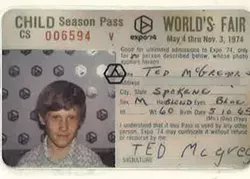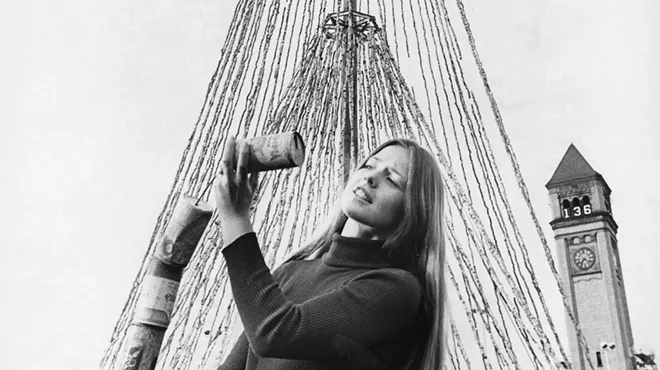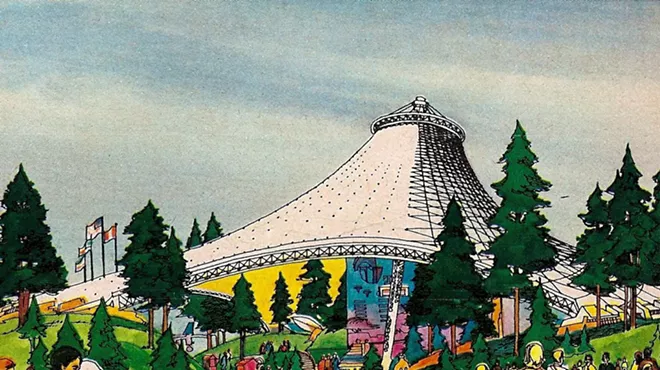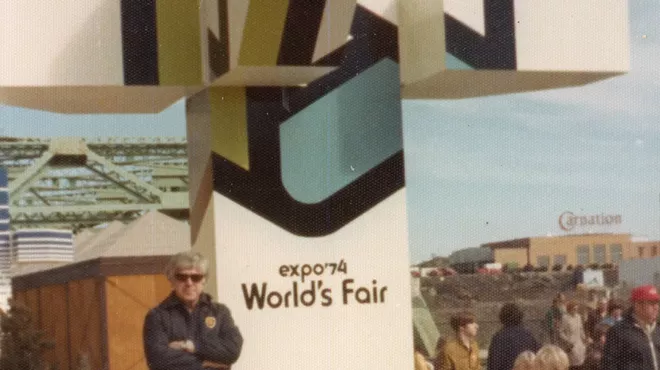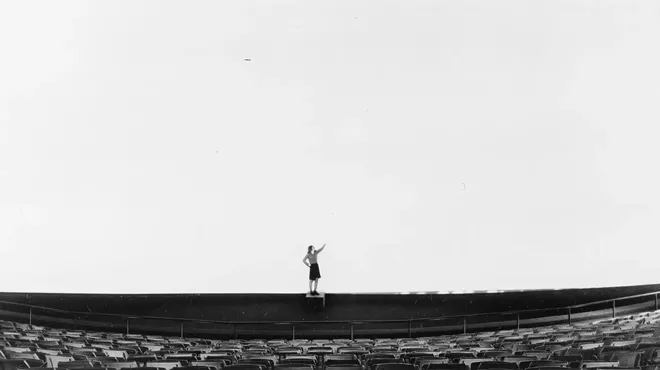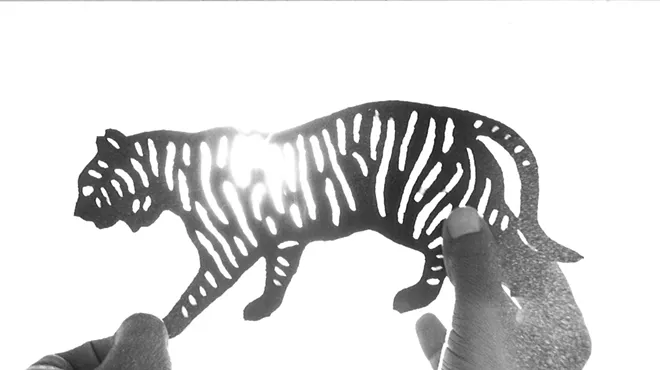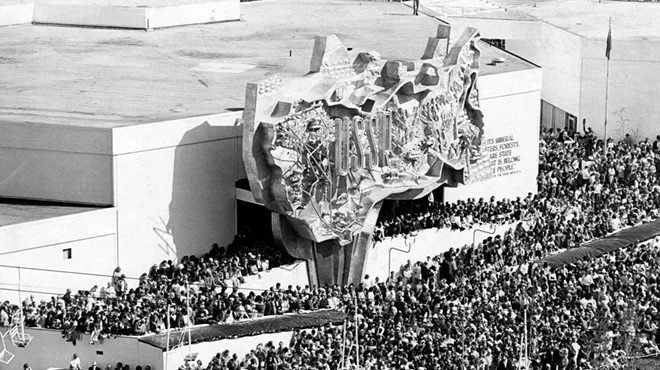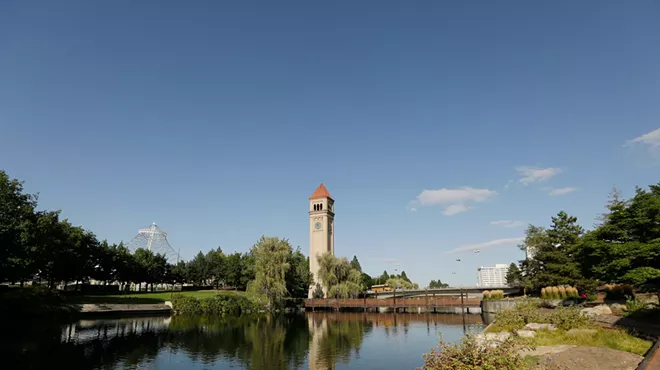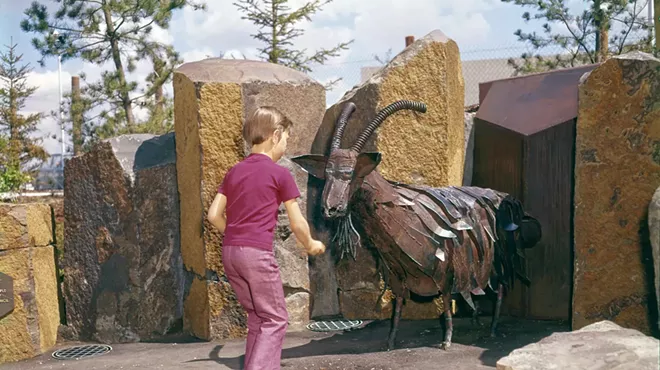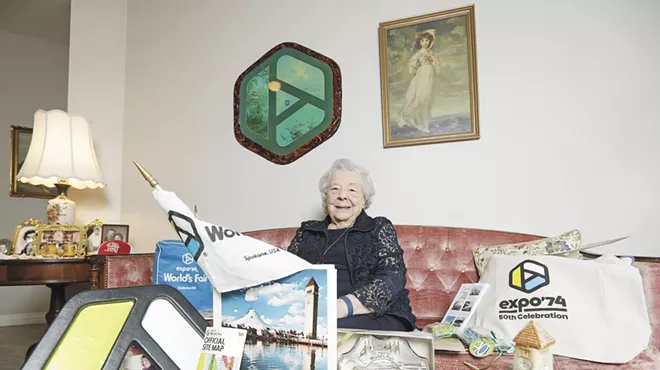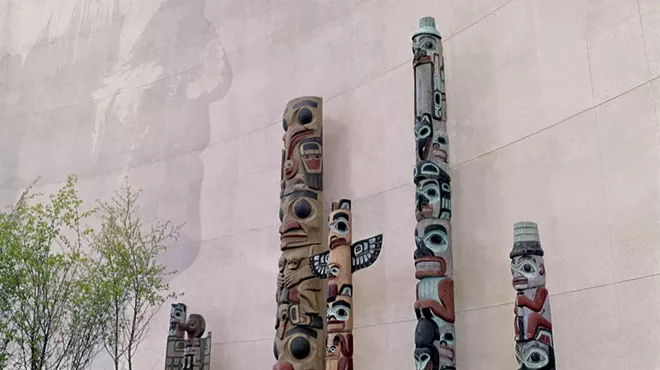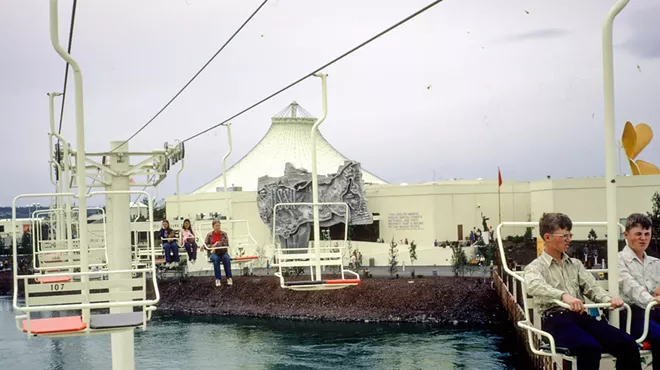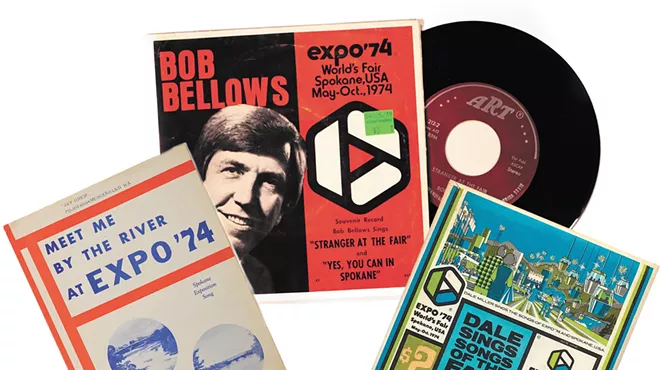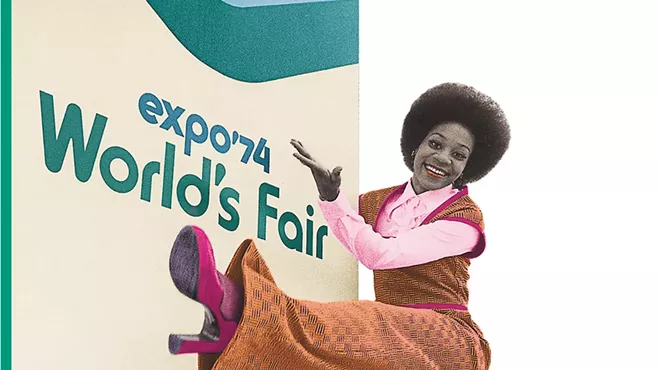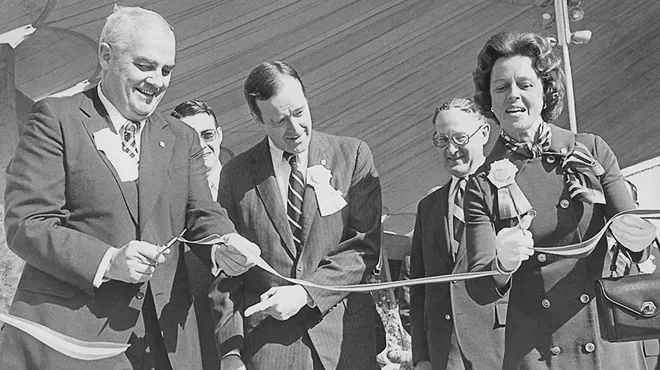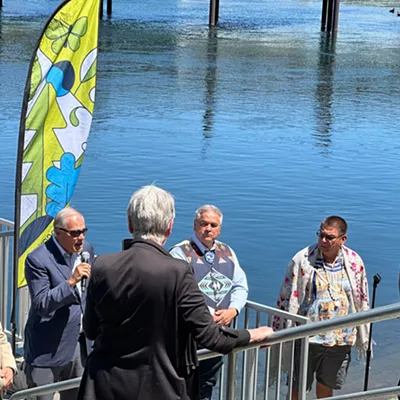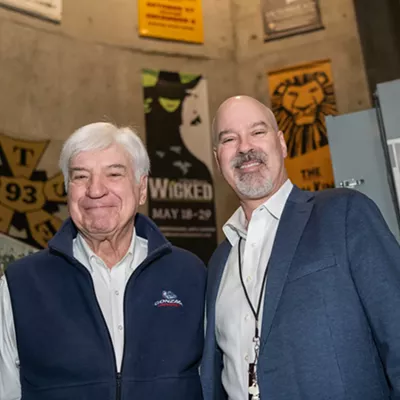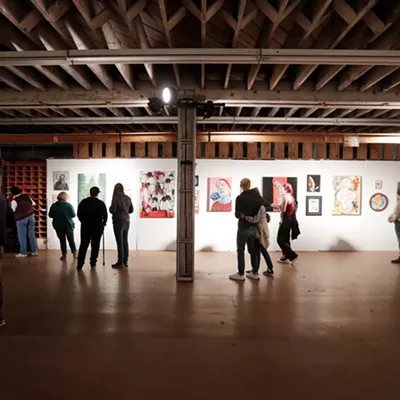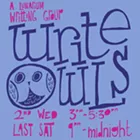The story of Expo '74 is packed with dramatic chapters, narrative rabbit holes, heroes like the guy who went by "King," odd icons like the Garbage Goat and gifts that keep on giving like the U.S. Pavilion and Spokane Opera House. It's so sprawling, it can feel more like a dream than actual history. We've collected a bunch of those tales here as we mark 50 years since the biggest thing Spokane ever did.
Before you jump in, consider a little context. The unvarnished truth is that in the 1960s Spokane was at a crossroads. The early years of the settlement saw spectacular growth, with the population nearly tripling between 1900 and 1910. Eventually, however, Spokane started to stagnate. By 1970, 11,000 fewer people lived in Spokane than in 1960. It was a civic gut check, with profound, existential questions confronting citizens. Could Spokane keep up with the Portlands and Seattles of the world? Would downtown become a hollow shell of its once-lively self? Would all the children have to move somewhere else?
Spokane's civic brain trust, driven more or less by panic, had to do something. What's special about our city and its downtown, they started wondering, that could secure its future? Nobody had a great answer.
City leaders started asking experts for advice; then they hired King Cole to be their guide. But there were more heroes, including businessmen like Jim Cowles, John Hieber, Rod Lindsay, Phil Stanton, Luke Williams and many others who made miracles happen (while holding full-time jobs); elected officials like U.S. senators Henry Jackson and Warren Magnuson, future Speaker of the House Tom Foley along with mayors past (Neal Fosseen), present (David Rodgers) and future (Jim Chase, Vicki McNeill, Jack Geraghty) also got behind celebrating and protecting the Spokane River Falls, the sacred place where local tribes going back thousands of years gathered.
The moon shot that was Expo '74 is a masterclass in civic inspiration and activation.
Read on and you'll see a direct line between those crazy Expo dreamers and the quality of life we enjoy today. Of course the need to tend to a better future didn't end in 1974 — that responsibility lands on every generation's doorstep. So when we meet our own difficult crossroads, let's learn from their example: be bold, use our imagination, pitch in and meet the moment.
— TED S. MCGREGOR JR.
(Publisher)


